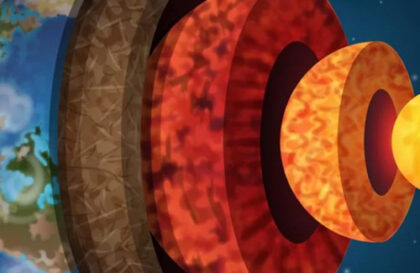The color of the sky is due to the scattering of light in the Earth’s atmosphere. When the sun’s rays pass through the atmosphere, they interact with the molecules and particles of the air. Scattering occurs due to a change in the direction of movement of light waves during collisions with air molecules.
Light is made up of different colors, each with a different wavelength. When light scatters in the atmosphere, shorter wavelength colors (blues and violets) scatter more than longer wavelengths (orange and red). Thus, as sunlight passes through the atmosphere, it scatters and blue light becomes dominant and visible in all directions.
It is because of this effect that the blue sky can be observed during the day. In the morning and evening, when the Sun is closer to the horizon, light passes through a thicker layer of the atmosphere and more shortwave colors are scattered. As a result, the sky takes on an orange-red hue, which creates beautiful sunsets and sunrises.
Thus, the blue color of the sky is due to the scattering of light in the atmosphere, namely, the predominance of blue light scattering in all directions. By the way, the solar spectrum contains much less violet radiation, so the sky is not purple.
The question of the cause of the blue color of the sky was first explained by the English scientist Lord Rayleigh (John William Strutt, 3rd Baron Rayleigh) in 1871. He developed the theory of light scattering, including the scattering of light in the atmosphere, which explains why the sky is blue.
This theory, called the Rayleigh-Raman theory, describes how light waves of different colors scatter in the atmosphere depending on the wavelength. This makes it possible to understand why shorter wavelength colors such as blue and violet scatter more and become visible in all directions, creating a blue sky.
Credit рhoto:
designfull_art






